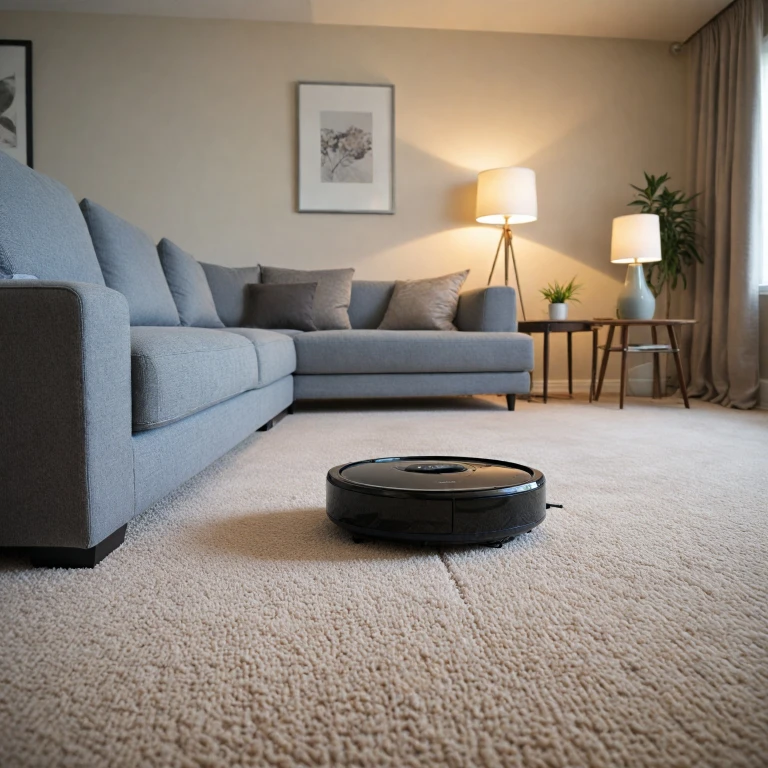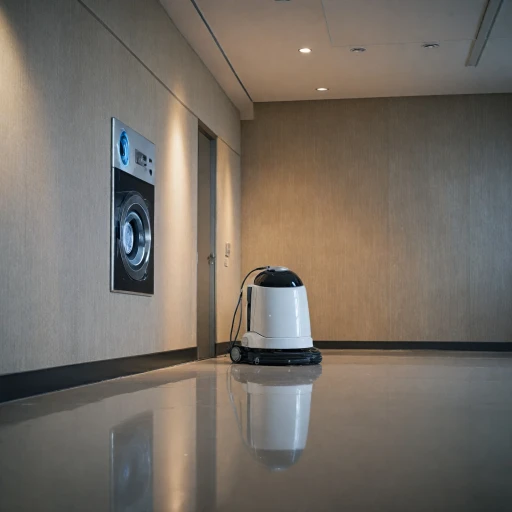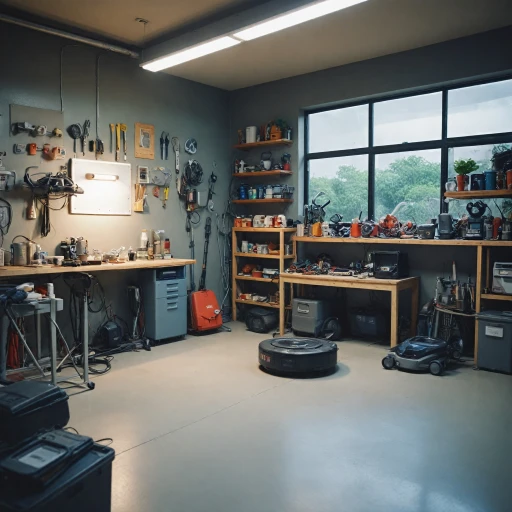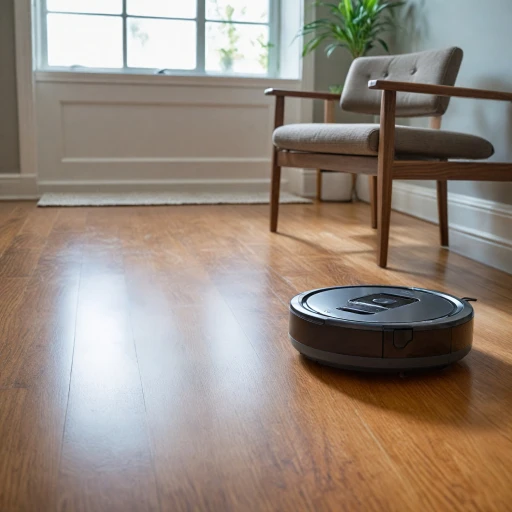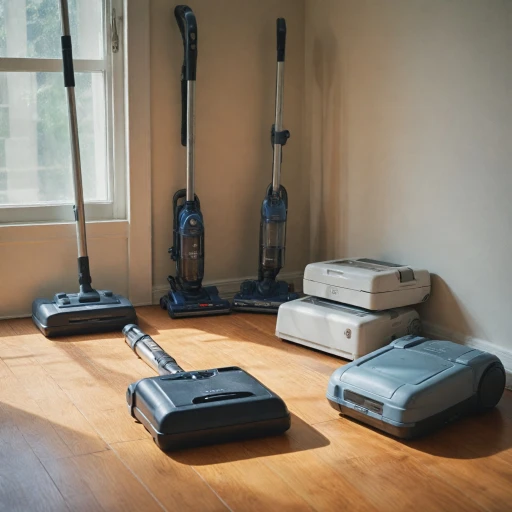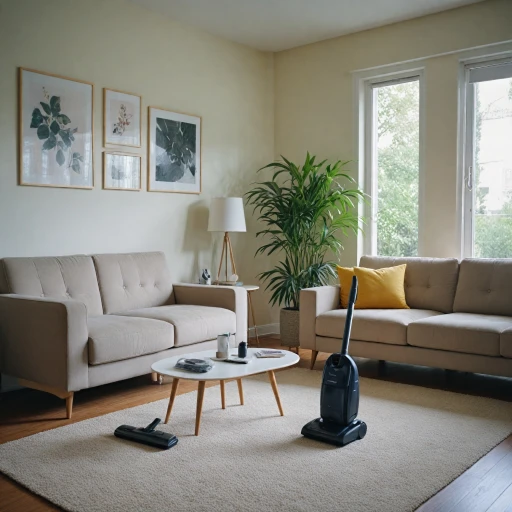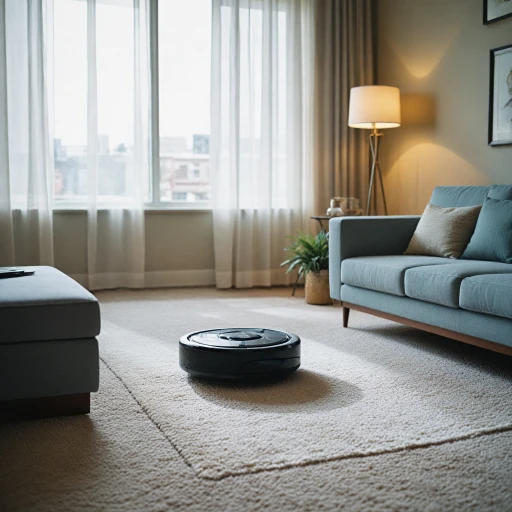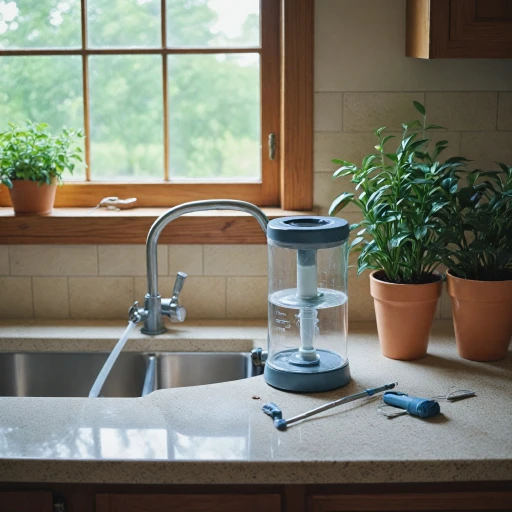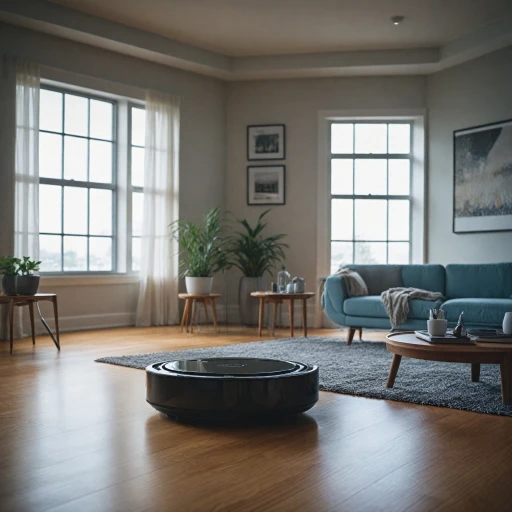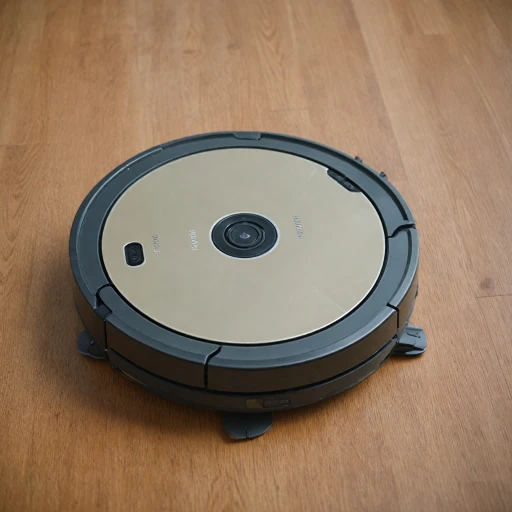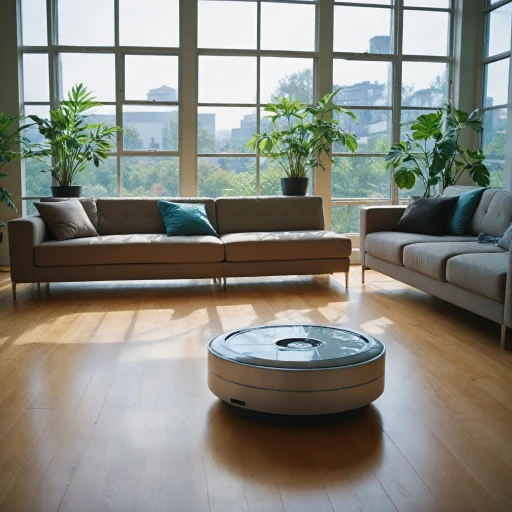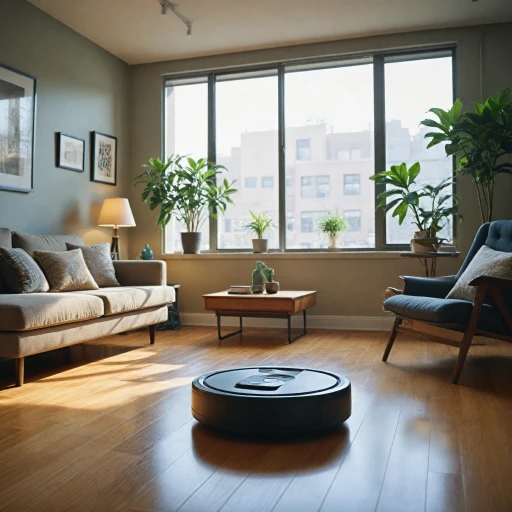
Understanding the Challenges of Thick Carpets
Why Thick Carpets Demand Specialized Cleaning Solutions
Navigating through the intricacies of thick carpets can present unique challenges for a vacuum cleaner. Unlike their low pile or bare floors counterparts, high pile carpets require an approach that effectively manages the dense fibers to ensure an optimal clean. Understanding these challenges is crucial when selecting the best vacuum. For thick carpets, the vacuum's ability to move through the dense fibers without getting stuck is essential. A brush roll specifically designed for high pile and deep pile carpets can help. Moreover, suction power plays a significant role; it must be robust enough to lift dirt and dust from deep within the carpet while maintaining its movement across the surface. The type of cleaner—whether it's a bagless canister vacuum, a cordless stick, or an upright vacuum—also impacts its efficiency. Brands like Miele and Dyson are known to manufacture models designed with high suction power and advanced brush technology, adept at handling the challenges posed by thick carpets. A critical aspect to consider is whether the vacuum can transition smoothly between high pile carpets and other types, such as low pile carpets or hardwood floors. This flexibility is crucial for homes with diverse flooring types. The enhancements in vacuum technology imply that features like a HEPA filter can improve air quality by trapping allergens and dust, which is particularly beneficial for homes with pets. Speaking of pet owners, vacuum cleaners need to efficiently manage pet hair to keep carpets truly clean. For more insights on selecting a vacuum cleaner tailored to your needs, particularly if you have pets, consider exploring further options for pet owners. This can guide you towards understanding what to look for in a vacuum beyond the challenges of thick carpets, especially with the added consideration of pet hair management.Key Features to Look for in a Robot Vacuum
Feature Must-Haves for a Vacuum Champion
- Suction Power Matters: A key feature for a robot vacuum tackling thick pile carpets is its suction power. The ability to draw dirt and dust from deep pile carpets is essential. Consider models like the Dyson Detect, known for their impressive suction capabilities. Look for vacuums with adjustable power settings to handle both low pile and plush carpets.
- Adaptive Brush Roll: A capable cleaner for carpets should have a brush roll designed for various surfaces. From bare floors to high pile carpets, look for vacuums that adjust their brush roll heights automatically to maintain optimal contact with surfaces.
- High-Quality Sensors: Effective navigation over plush carpets requires intelligent sensors. Advanced models can map out the room and detect carpet types, adjusting their cleaning pattern accordingly. This ensures efficient cleaning without getting stuck.
- HEPA Filter for Air Quality: For households with allergies or pets, HEPA filters in vacuums can make a significant difference. They help trap allergens, providing cleaner air as the vacuum operates. The Miele Classic and Complete series are often recommended for their exemplary filtration systems.
- No Compromise on Battery Life: Given the extra effort required on high pile carpets, a long-lasting battery is crucial. Cordless stick vacuums often face this challenge, so choose models that promise endurance and faster charging times.
- Multi-Surface Versatility: Not every home is carpeted throughout. Look for adaptability to clean both hardwood floors and pile carpets effectively. Brands like Miele and Dyson offer models that transition seamlessly from bare floors to thick carpets.
Incorporating these features ensures efficient carpet cleaning without sacrificing the appliance's lifespan or performance. Ensuring a cleaner’s capability to meet these demands is crucial for maintaining pristine carpets. For more insights, you can explore the best options for pet owners as well.
Top Robot Vacuums for Thick Carpets
Top Picks for Thick Carpet Cleaning
When it comes to tackling thick carpets, not all robot vacuums are created equal. The best vacuum for this job needs to combine powerful suction with the ability to navigate high pile carpets effectively. Here are some top contenders that have proven their worth in the realm of carpet cleaning:
1. Dyson Detect
The Dyson Detect is renowned for its exceptional suction power, making it a strong candidate for cleaning thick carpets. Its advanced brush roll technology ensures that even deep pile carpets are thoroughly cleaned. The vacuum's ability to adjust its suction automatically based on the floor type is a standout feature, allowing it to transition seamlessly from carpets to bare floors.
2. Miele Complete C3
The Miele Complete C3 is a canister vacuum that excels in cleaning high pile carpets. Its powerful motor and adjustable suction settings make it versatile for different carpet types. The HEPA filter is an added advantage for those concerned about dust and allergens. Although not a robot vacuum, its performance on thick carpets is noteworthy.
3. iRobot Roomba s9+
For those who prefer a more automated solution, the iRobot Roomba s9+ is a top choice. Its advanced mapping technology and powerful suction make it ideal for thick carpets. The vacuum's ability to handle pet hair and dust efficiently is a bonus for pet owners. Its self-emptying feature adds convenience, reducing the need for frequent maintenance.
4. Shark IQ Robot
The Shark IQ Robot offers a balance of power and affordability. Its self-cleaning brush roll is designed to handle pet hair and prevent tangles, making it suitable for homes with pets. The vacuum's ability to map your home and clean specific rooms on demand is a feature that enhances its usability on thick carpets.
Choosing the right robot vacuum involves considering the unique challenges posed by thick carpets. For more insights on the power of suction in robot vacuums, you can explore further resources to make an informed decision.
Comparing Performance: Robot Vacuums vs. Traditional Vacuums
Evaluating Cleaning Capabilities: Comparing Machines
When considering the efficiency of robot vacuums against traditional cleaning methods, it's crucial to weigh their capabilities on various surfaces, particularly thick carpets. Traditional vacuum cleaners, like upright vacuums and canister models, have historically been favored for deep pile carpets due to their powerful suction and the ability to adapt their brush roll to different pile carpets. Robot vacuums, on the other hand, have made significant strides. Modern models are equipped with advanced features that allow them to effectively clean high pile and low pile carpets. These include adjustable suction power, specialized brush rolls, and even smart navigation systems designed to tackle thick pile carpets without getting bogged down.- Suction Power: Many robot vacuums now rival the suction capabilities of traditional vacuums. Models equipped with high suction power are ideal for lifting dust and debris from deep pile carpets, although traditional cleaners like the Miele Complete and Dyson Detect tend to offer a more consistent power output.
- Brush Roll Design: The design and type of brush roll can significantly impact cleaning performance. Some robot vacuums feature dual rolling brushes or specialized bristles. Traditional vacuums also offer a range of brush designs, such as motorized brush rolls found in cordless stick vacuums, which are excellent for pet hair removal and carpet cleaning.
- Versatility: One of the primary strengths of traditional vacuums lies in their versatility across different surfaces, from bare floors to plush carpets. Robot vacuums strive to match this versatility with features that adjust automatically to different floor types, whether dealing with pile carpet or hardwood floors.
Maintenance Tips for Optimal Performance
Maintaining Your Robot Vacuum for Maximum Efficiency
Keeping your robot vacuum in top condition is crucial for its performance, particularly when it comes to cleaning thick carpets and pile carpets. Proper maintenance ensures your device retains its suction power and effective cleaning capabilities, especially when navigating from hardwood floors to low pile and deep pile carpets.
Here are essential tips to help you maintain your vacuum cleaner:
- Regularly Empty the Dustbin: A full dustbin can significantly reduce the cleaner's suction, leaving your carpets less clean than desired. Empty the dustbin after every use to maintain high cleaning efficiency.
- Clean the Filter: Most robot vacuums come with HEPA filters. These need regular cleaning or replacement to ensure dust and debris aren't circulating back into your home. This is particularly important if you deal with pet hair.
- Inspect the Brush Roll: Over time, the brush roll can become entangled with hair and debris, affecting its performance on high pile carpets. Gently remove any build-up to keep the brush functioning optimally.
- Check the Wheels: The wheels need to be clear of any debris to move smoothly across bare floors and carpets. Regularly checking and cleaning the wheels prevents obstruction and enhances maneuverability.
- Examine the Sensors: Sensor performance affects navigation and cleaning efficiency. Use a soft cloth to clean the sensors periodically, ensuring your robot efficiently transitions between different surfaces like carpets and hardwood floors.
- Software Updates: Periodically check for software updates from the manufacturer. These updates can improve functionality and cleaning algorithms.
Investing time in maintaining your robot vacuum pays off by keeping your floors in pristine condition. Whether it's a Miele, Dyson, or any other model, these steps will help your cleaner deliver the best results, ensuring your pile carpets, bare floors, and more receive the attention they need.
User Reviews and Real-World Experiences
Real-World Insights from Robot Vacuum Users
When it comes to cleaning thick carpets, user reviews provide invaluable insights into the performance of robot vacuums. Many users highlight the importance of suction power and the ability to navigate high pile carpets effectively. A common theme among reviews is the necessity for a strong brush roll that can agitate and lift dirt from deep pile carpets.
Users often compare their robot vacuums to traditional vacuum cleaners, noting that while robot vacuums offer convenience, they sometimes struggle with deep cleaning tasks that upright vacuums or canister vacuums handle more efficiently. However, advancements in technology have led to models that perform admirably on both low pile and high pile carpets, as well as bare floors.
Feedback from pet owners is particularly telling, as they often deal with pet hair and dust accumulation. Many recommend models with HEPA filters and strong suction power to ensure thorough cleaning. The Dyson Detect and Miele Complete series are frequently mentioned for their efficiency in handling pet hair and maintaining clean carpets.
Maintenance is another aspect users emphasize. Regular cleaning of the brush roll and ensuring the vacuum's sensors are dust-free can significantly enhance performance. Users also appreciate models with easy-to-clean dustbins and those that offer alerts for maintenance needs.
Overall, while robot vacuums may not completely replace traditional vacuum cleaners for some, they are praised for their ability to maintain cleanliness between more intensive cleaning sessions. For those with hardwood floors and low pile carpets, a cordless stick vacuum might be a suitable complement to a robot vacuum.
